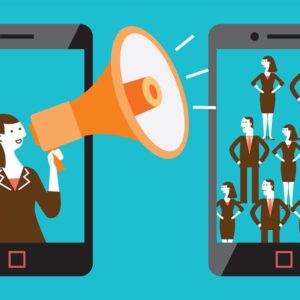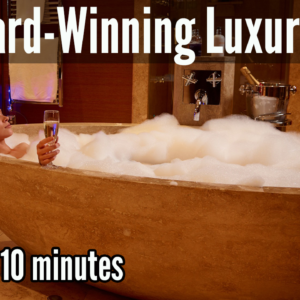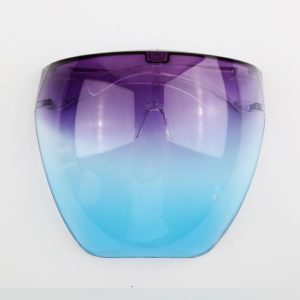If You Want Spa Customers Back Put Yourself In Their Slippers

(NOTE: If You Want Spa Customers Back Put Yourself In Their Slippers, is the last post in our 4-part series on “How Coronavirus Should Impact the Way Spas Do Business”)
In Part One of the series, we examined the projected 4.6 million job loss in the hospitality industry. Travel spending is also expected to decline to the tune of $355 billion dollars.
Global spas are at the center of an eco-system that includes Consumers, the Travel Industry, Media and Public Relations, Government, Shareholders, and internal Team Members and Staff. The best strategies will factor each of these elements into the mission and goals of the spa.
Additionally, spas that understand the importance and necessity to substitute faceless consumerism with human interaction will be the winners and elevate them above the others.
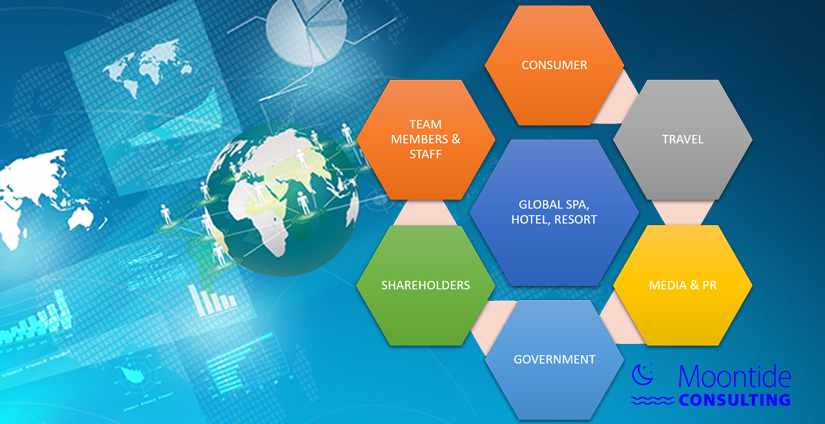
Global spas are part of a powerful eco-system
In Part Two of the series, we discussed engagement and the impact of coronavirus on traditional spa models. Ironically the services once thought to make a spa virtually recession-proof, massage, facial, and nails have become its’ downfall due to social distancing. However, the spas that focused on retail product sales combined with an online component have managed to stay afloat and in some situations thrive.
Part Three of the series focused on leadership and social media. We looked at how one group of C-Suite is focused on the current crisis with a mindset of growth and opportunity. A second group is driven by fear. The third set is operating on hope that things will just “return to normal”.
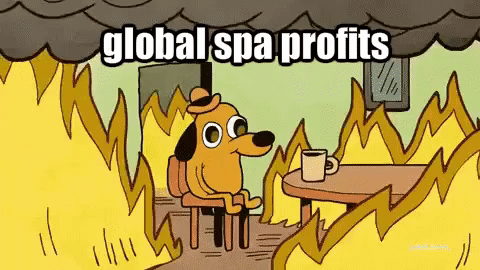
Managers hoping spa business will simply return to normal
Trending hashtags like #StayAtHome and #FlattenTheCurve demand a pivot to e-commerce, social media, and digital marketing. Surprisingly, in this age of online commerce, only 11 percent of hotel spas and 14 percent of resort spas give guests the ability to purchase products online. In the absence of economic stability, a tremendous opportunity exists to create a new revenue stream. A strategy must be developed for long-term recovery.
Part Four
Today’s burning question is, “Why should guests want to return to your spa?”
It is painfully clear that the old spa model is not the most profitable or stable. Senior management has shared their thoughts and most are aware of a new normal which demands changes to current operations. No one knows what the future will bring.
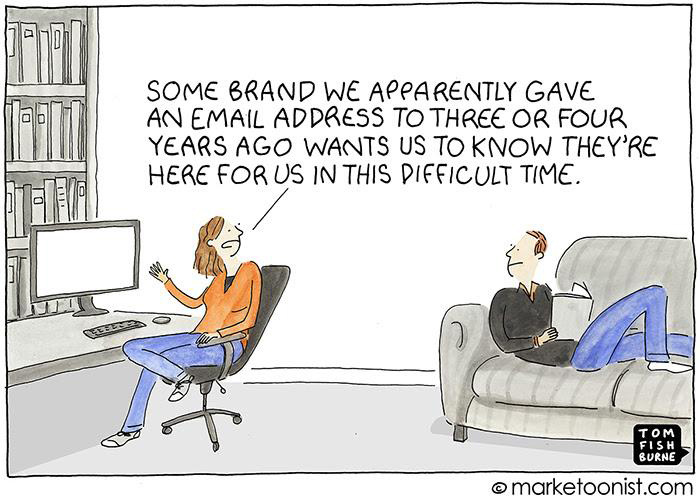
Don’t wait until a crisis happens to communicate with your customers
I believe that a good starting place is to put yourself in the spa customer’s slippers.
Ask yourself:
- What will they require to feel safe and relaxed at my spa?
- How are they needing to change their life post-coronavirus?
- What activities can we offer to promote their emotional, physical, psychological and spiritual well-being?
Despite massive industry growth, most spas were still operating under the 80/20 rule. Retail training proved repeatedly that 20% of staff were delivering 80% of a high-quality, customer experience. Active demonstration of emotional intelligence was surprisingly absent even at high-end spas. This standard should no longer be acceptable if you expect to thrive.
Should you consider adding an in-home massage service? Do guests even need to come to your spa for treatments and products? Can that be handled with an online component?
COVID-19 has caused a paradigm shift; too much spa supply and not enough demand.
Time is no longer a commodity- it is a precious gift. Customers will be more discerning and less tolerant of mediocrity and robotic service.
Competition will be at its highest for customer dollars but not necessarily with other spas. Many customers have used social distancing as an opportunity to learn self-care. They’ve discovered that spa equipment, is available at online wellness sites. They’ve learned to do their own services at a much cheaper cost and no health risk.
Savvy spas that have used this time to strengthen customer relationships by providing on-line tutorials, seminars, tips, and social media interactions will have a waiting audience who has not forgotten them. They will be able to hit the ground running when they reopen. In the best cases some are already booked months in advance, having sold gift cards during the hiatus.
The good news is that human touch is a basic need.People need human interaction. Loneliness, especially in the time of COVID-19, is more rampant than ever. The spa industry is perfectly positioned to use this opportunity to pivot and apply its considerable skills and knowledge to help the world heal and reconnect.



